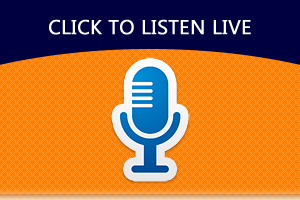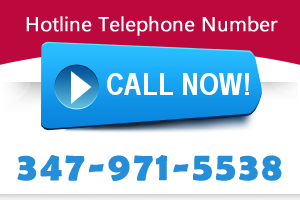Breakthroughs in Medication Management – Automatic Pill Dispensers and Medication Compliance
In 2007, Americans spent $227.5 billion to fill over 3.3 billion prescriptions (Rx). Over 50 million people take three or more prescriptions concurrently, however the average “compliance” with taking medications as prescribed is only 50% nationwide. Disturbingly the non-compliance rates for medications used to treat serious disorders are not much better than the average compliance rate for all prescriptions.
Overall Prescription Drug compliance for selected diagnosis
Average: 50%
Acute Asthma: 43%
Mental Disorders: 25%-75%
High Blood Pressure: 51%
Epilepsy: 30% to 50%
Diabetes: 40% to 50%
Clinical Trials: 43%-78%
Average compliance rates do not tell the whole story as the compliance persistence curve slopes steeply downwards. Research shows that the longer a person is on a prescription drug, the less likely they are to take it in compliance as prescribed. A recent study conducted on the compliance rates of 4 different prescription drugs (Cozar, Fosamax, Zocor and AI) showed that compliance rates fell off rapidly for all 4 medications. And after one year, compliance is reduced by 50%. After five years, it is as low as 29-33%, with the greatest decline in medication adherence in the first six months.
As the data suggests, the aging trend of the USA will dictate that more people will be taking more medications, for longer periods, and sometimes for the rest for their increasingly long lives. This represents a healthcare crisis, given the current rates of non-compliance in the taking of prescription medications.
Cost of health care from non-compliance
According to the Center for Disease Control and other sources, the impacts or costs for health care from non-compliance with medication management are significant. Some highlights include:
- 10% of all hospital admissions
- 30% of all hospital admissions for elderly
- 22-40% all Skilled Nursing Facility admissions
- 125,000 deaths annually
- $100,000,000,000 (B): annual cost of total unnecessary admissions
- $150B – $300+B Total annual cost/waste due to medication management alone
The cost of noncompliance is not static. The same forces that are driving up healthcare costs are also exacerbating the costs of non-compliance. The most significant drivers are:
- The aging population demographic of the USA
- The increased use of prescription medications
- The growing shortage of traditional health care resources to meet the increasing needs of the aging population
Longer life spans and relatively low birth rates have combined to raise the nation’s average age over the years. Simply put, the United States is getting older, and the older one gets, the more medications a person typically requires. As the number of prescriptions increase so too does the amount of non-compliance. As a result, the cost to the health care system due to non-compliance is rising significantly.
Health Care Shortage today and the future
Another critical factor in “fueling” the need for the use of technology in the delivery of health care outside of traditional methods is the documented current and increasing shortage of health care workers, services and facilities in the USA. As one example, according to the AHA, hospitals nationwide report vacancy rates of 21 percent for pharmacists, 18 percent for radiology technicians and 12 percent for laboratory technologists. The Health and Human Services Administration reports that 21% more facilities are required as well.
What can be done
This points to a looming crisis in health care, and to the solution that telemedicine represents. In short, combined with more demand for services (due to the aging demographic) and the real issue of reduced overall health care delivery capacity, the need for a significant change is real. Telehealth is the solution to make the existing capacity more effective by increasing the throughput of the existing workers and infrastructure, while allowing people to receive care in the best place possible for them, the home.
Compliance can be significantly improved through better education, home monitoring of the patient, and organizing dosages through the use of pill boxes and other devices, reminders to take pills and alerts to care givers when dosages are not taken. Telehealth based medication management devices can significantly improve compliance rates by utilizing all of these strategies. The DAP from HealthOneMed is a telehealth product that provides automated dispensing of pill based medications for specified doses, notification of the time to take each dose, alerts to caregivers and health care professionals when doses are not taken, instructions, indications (what the medication is for) and warnings. It is the only home health care product on the market capable of all of these functions.













 Hits Today : 1274
Hits Today : 1274 Total Hits : 747214
Total Hits : 747214 Who's Online : 1
Who's Online : 1